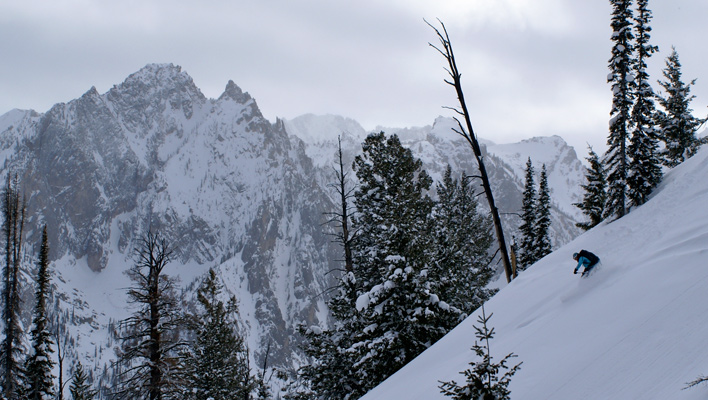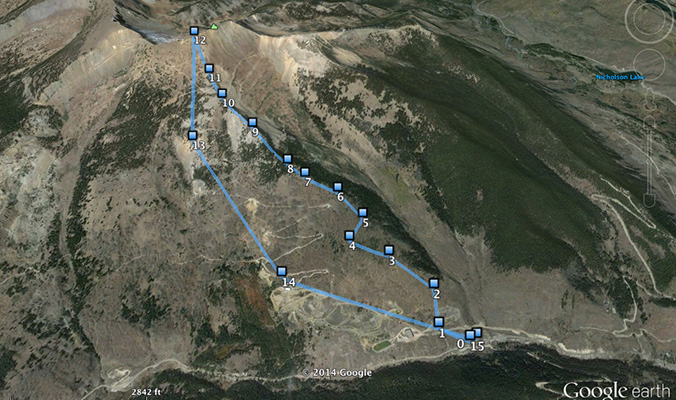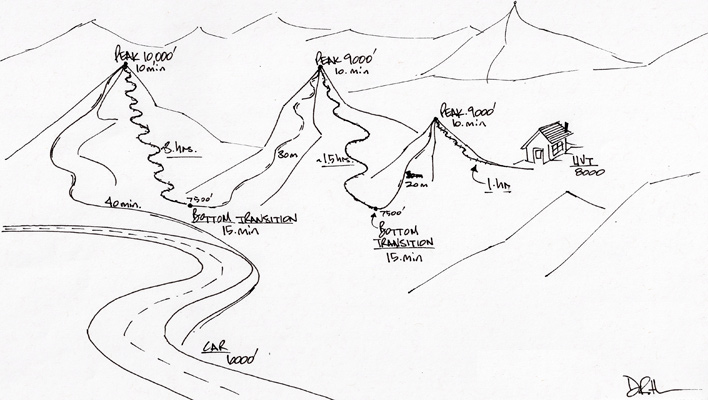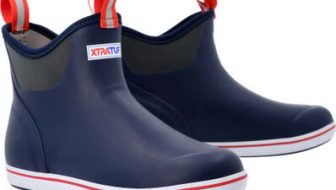Trusted partners add life-saving value to a tour, from additional eyes looking for instability to providing wisecracks and nips of whiskey. And while it’s essential to make sure your partner is attuned to you and the mountains, relationships go both ways. Here’s a list of tips and suggestions to help you uphold safety and stoke within your group on your next tour.
Mountain Skills: How To Become A Better Ski Partner
Mountain Skills: Set a Plan and Stick to It

You’ve been playing it safe all day. Even though the avalanche bulletin called out “Considerable” hazard for the day (natural avalanches are possible and human-triggered are likely), you haven’t observed any signs of instability while skiing lower angled terrain in the trees. Close to where you’ve been skiing, there’s an untracked slope—and it’s only slightly […]
Mountain Skills: Exploring with Modern Navigation Tools

“My map and compass never have dead batteries.” This is the most common rationale I hear for not learning and adopting new technology. Film still works in cameras and the Postal Service still gets information from place to place, but there are better ways these days. The same is true for improving the way we tour plan and navigate. Here’s how to use modern navigation tools.
Mountain Skills: Budgeting Time for Success

Do you always carry a headlamp when skiing in the backcountry? Find yourself using it a little too often? Then you might want to figure out why you’re always late. Understanding how long it takes to travel through the mountains will help you summit more peaks, ski more powder, not be pushing it as darkness looms and get home when your friends and family expect you. Here are some techniques from a hypothetical outing that you can apply to your tours and adapt to your needs.
Mountain Skills: How to prepare for avalanche conditions in unfamiliar locations

It’s October, and you’ve already booked a hut week in the Monashees, a yurt trip in the Sawtooths or a weekend in the Wasatch. But how will you know what conditions will be like at, say, the end of February? And, more importantly, how can you be familiar with the snowpack and deal with avalanche conditions when you arrive in an unfamiliar backcountry zone?
Mountain Skills: Get the Most Out of the Uphill

While backcountry skiing or riding, we tend to spend more time going up than going down. And, simply put, skinning done poorly is not fun. There are three primary ingredients to a good day of touring: establishing a proper pace, setting an appropriate skintrack angle and avoiding kick turns whenever possible. You’ve likely come into the backcountry to escape the rat race, so learn to enjoy the climb up and the whole experience will get a lot better. Here’s how.









